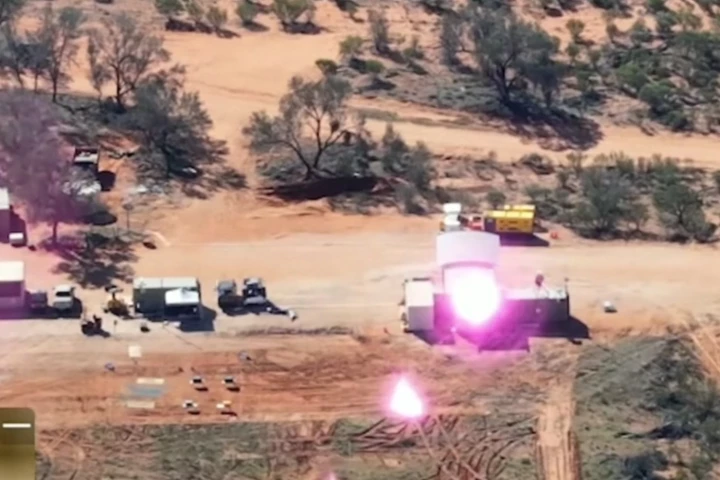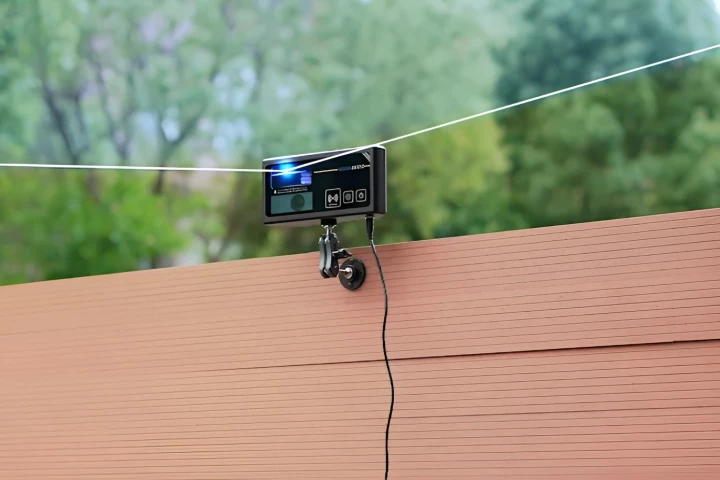SpaceX dramatically aborted its third attempt to launch the SES 9 mission today at literally the last second. At 7:21 pm EST, the lift off from Space Launch Complex 40 at Cape Canaveral Air Force Station, Florida, was called off with the order to shutdown the engines of the Falcon 9 rocket at the moment of ignition. Today's launch would have been SpaceX's most ambitious to date, as it was to be the first attempt at a powered landing of the Falcon 9 on a sea barge after returning from a geostationary transfer orbit launch.
No cause has yet been determined for the abort, though mission control did indicate that telemetry readings showed some form of malfunction just as the ignition sequence started. This was the final second during which a pre-launch abort could be made. It was hoped that a final attempt might be made this evening, but this was abandoned as the flight crew required more time to assess the situation.
Today's abort came after a series of delays of the SES-9 mission. Two previous launch aborts on Wednesday and Thursday last week were due to problems with the supercooled liquid oxygen, followed by a range safety issue on Sunday that triggered a last-minute hold. According to the US Air Force, a boat had strayed into the downrange area of the rocket's flight path.

The SES 9 mission is intended to place the SES-9 satellite into a transfer orbit that will place it 22,236 mi (35,786 km) above the Earth as part of 50-satellite constellation. There it will provide coverage for up to 26,000 surface vessels annually on high-traffic maritime routes in the Asia-Pacific region over the next 15 years.
After the launch, the Falcon 9 was to attempt a powered autonomous landing on the sea-drone barge "Of Course I Still Love You" in the Atlantic Ocean. In a statement prior to the launch, SpaceX said that it was not optimistic about the chances of success for the landing. The Falcon 9 uses fuel left over from the launch to slow itself down and maneuver to its landing target, but because geostationary payloads are large, high-energy shots, very little would have been left over for today's attempt.
The purpose of the barge landing is to further develop the technology needed to further SpaceX's goal of creating a completely reusable launch system. Part of this strategy involves the use of drone barges, which will allow the Falcon 9 booster to land downrange from a variety of trajectories that would prohibit a touchdown on dry land.
SpaceX has not yet announced a new launch date.
Source: SpaceX









